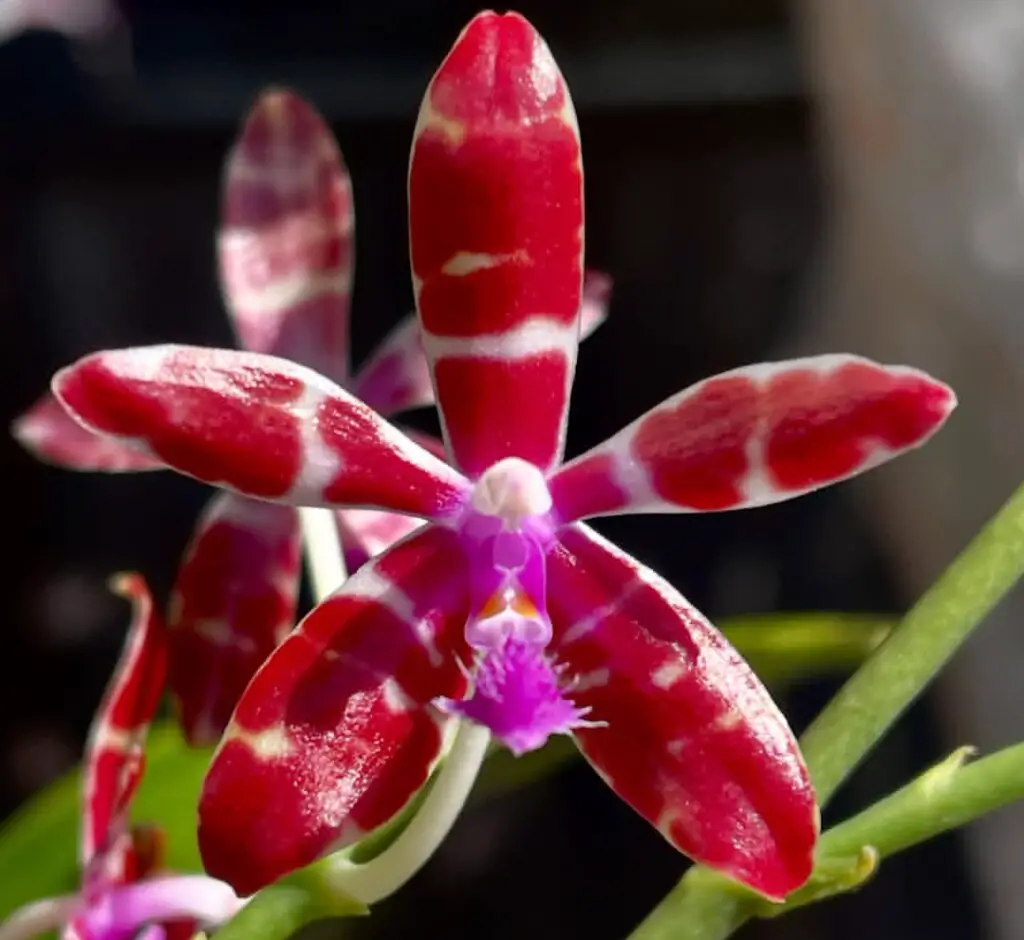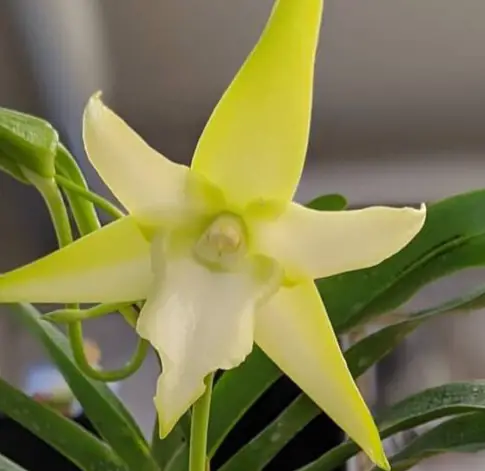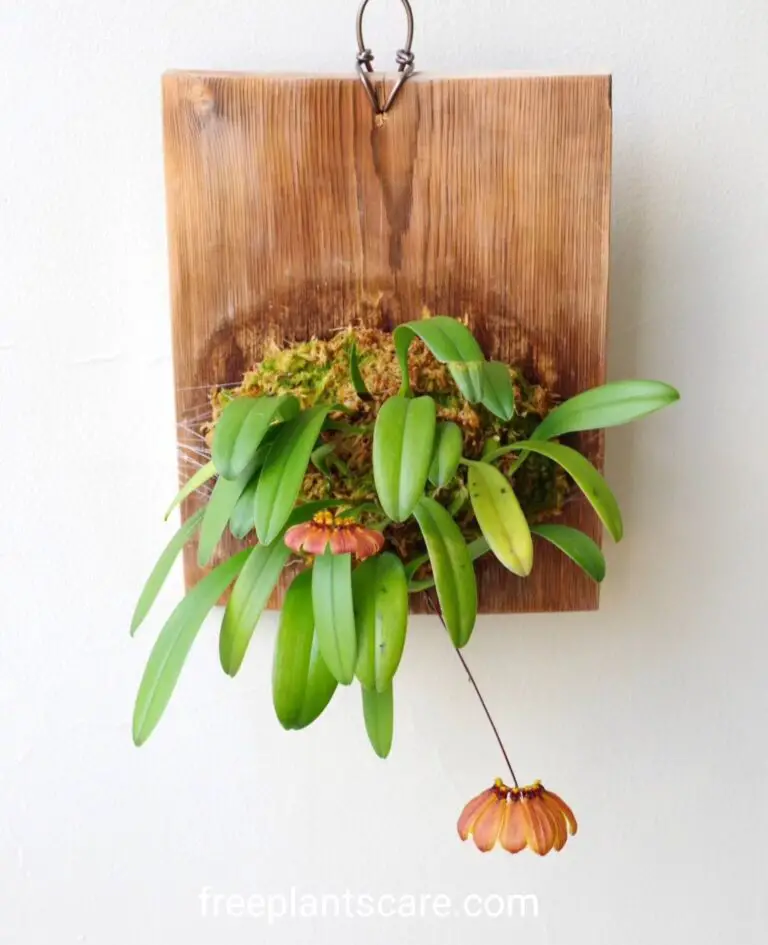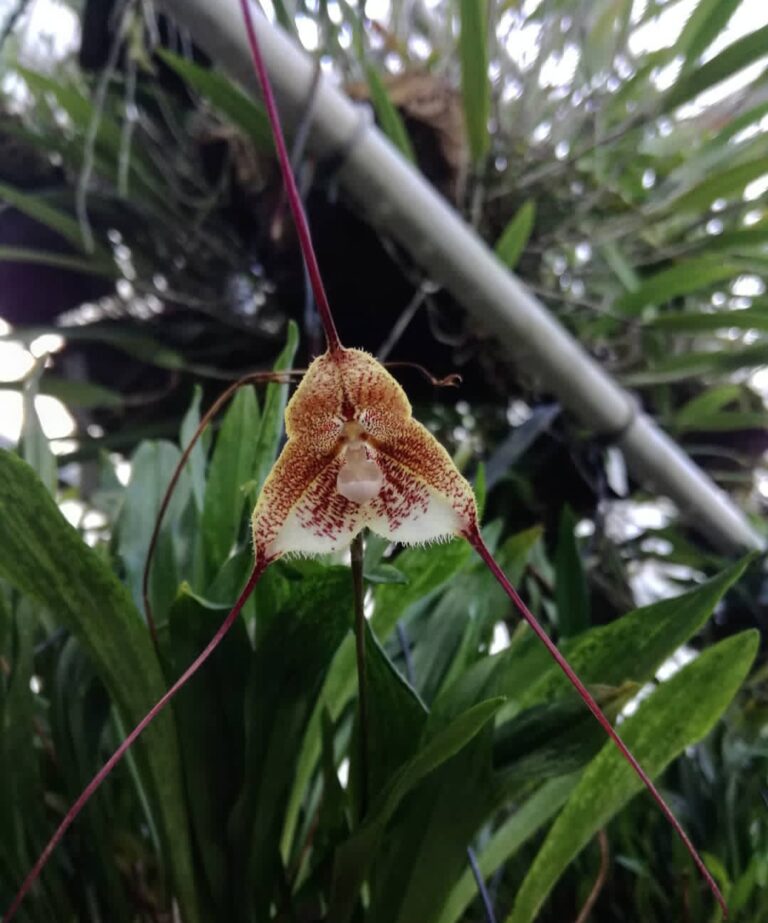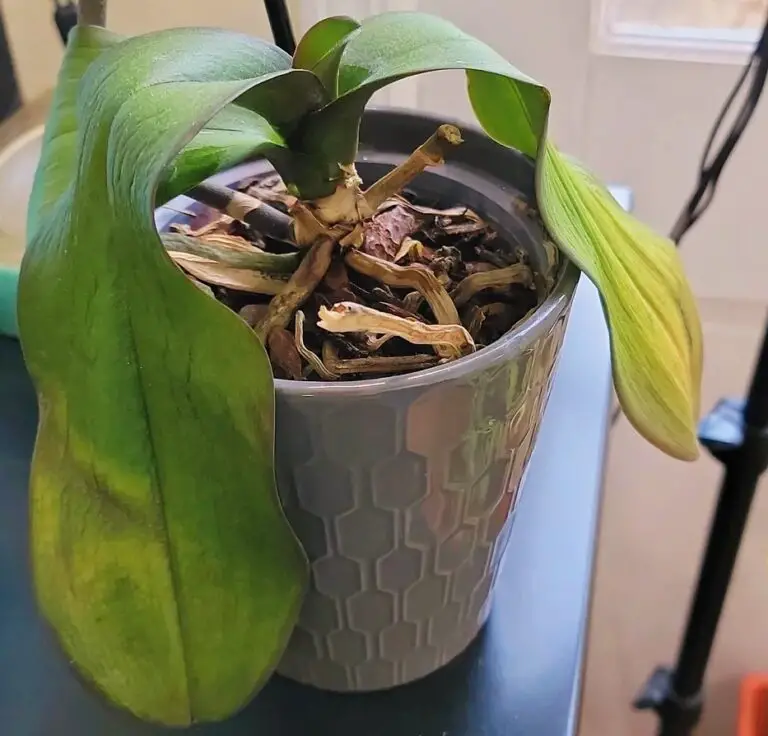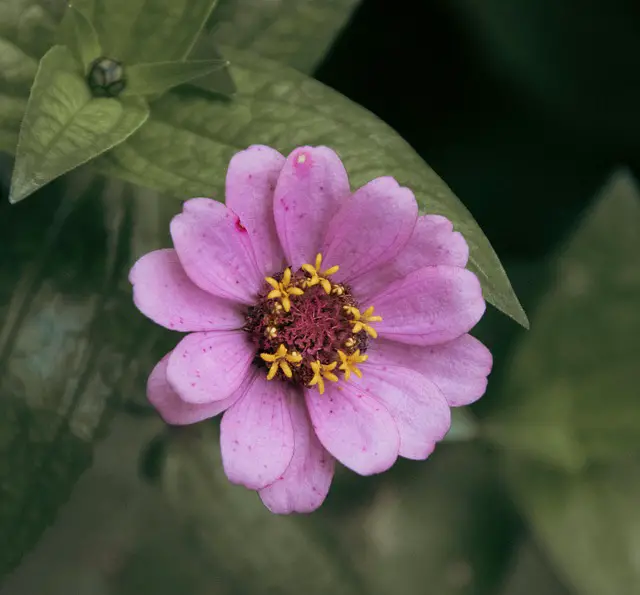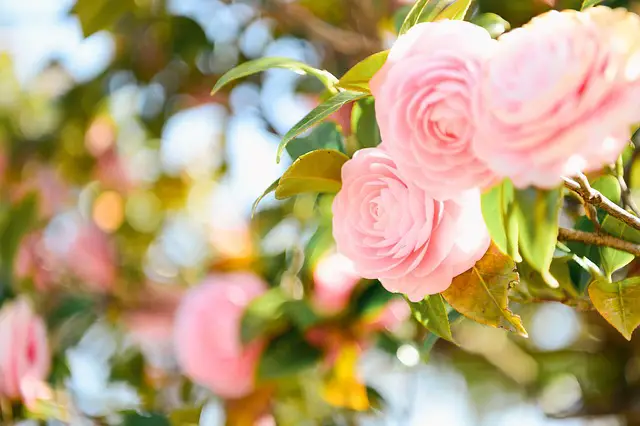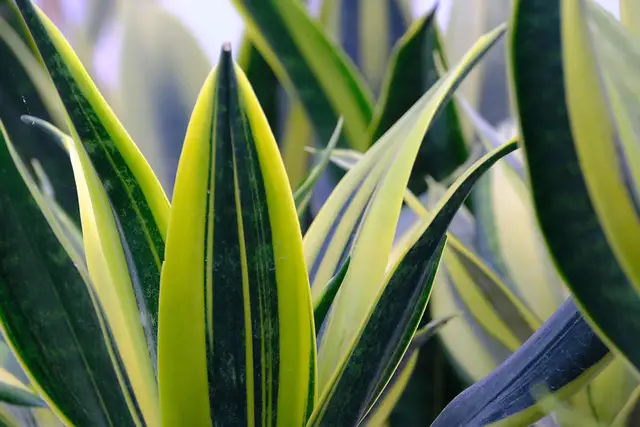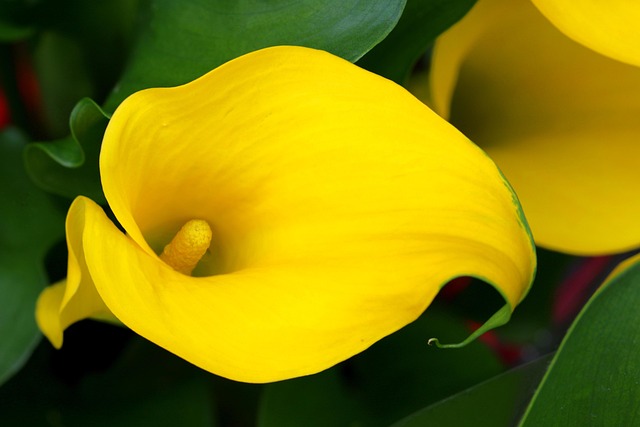Repotting orchids might seem simple, but many plant lovers are shocked when their orchid starts to decline shortly after. The truth about repotting orchids is that a single mistake—wrong timing, improper medium, or damaged roots—can lead to wilting, root rot, or even death. In this guide, we’ll uncover why repotting sometimes goes wrong and reveal exactly what steps you can take to help your orchid survive and thrive. Whether you’re a beginner or have experience, learning the right techniques can make all the difference in saving your beloved plant.
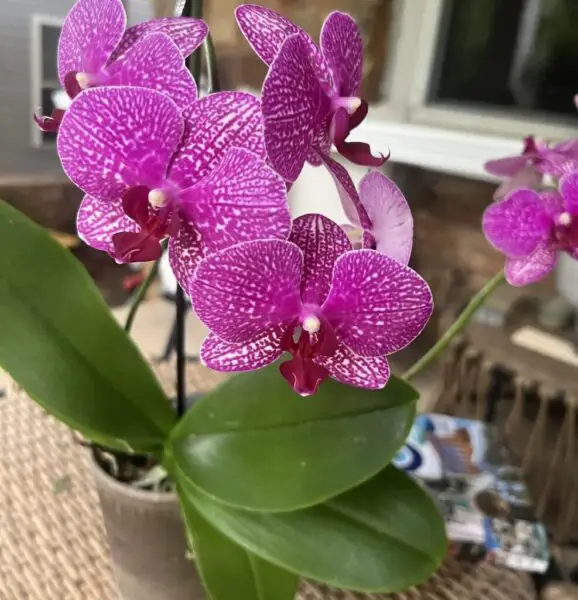
- 1 1. Understanding Orchid Shock After Repotting
- 2 2. Signs Your Orchid Is Dying After Repotting
- 3 3. Common Mistakes That Kill Orchids During Repotting
- 4 4. The Best Time to Repot Orchids
- 5 5. Choosing the Right Pot and Media
- 6 6. How to Properly Remove Your Orchid From Its Old Pot
- 7 7. Orchid Repotting Step-by-Step (With Quick Checklist)
- 8 8. Post-Repotting Care: What to Do Immediately After
- 9 9. How to Save a Dying Orchid After Repotting
- 10 10. Expert Tips to Prevent Future Repotting Failure
- 11 FAQs on The Truth About Repotting Orchids
1. Understanding Orchid Shock After Repotting
Orchid shock is a common reaction after repotting, especially when roots are disturbed. Signs include wilting leaves, no new growth, or sudden yellowing. It happens because the plant is adjusting to a new environment, including changes in potting media, humidity, and root exposure. This stress can halt its growth temporarily.
Tip: Place the orchid in a shaded, humid spot for 7–10 days after repotting.
2. Signs Your Orchid Is Dying After Repotting
Sometimes repotting stress goes too far and damages the plant. Warning signs include soggy, black roots, severely wrinkled or yellow leaves, and a mushy crown. If these appear and worsen over a week or more, your orchid may be on the decline. Immediate attention is crucial to reverse the damage.
Tip: Remove the orchid, trim off any mushy roots, and repot in fresh, dry bark immediately.
3. Common Mistakes That Kill Orchids During Repotting
Many beginners use garden soil or regular pots, which suffocate the orchid roots. Other mistakes include watering immediately after repotting, cutting healthy roots by mistake, and choosing oversized pots that hold too much moisture. These missteps can cause root rot, stress, and even death in delicate orchid species.
Tip: Always use orchid-specific bark mix and choose a pot just slightly larger than the root mass.
4. The Best Time to Repot Orchids
Repotting orchids should be timed carefully. The best moment is right after the blooms fade and new root tips begin to show. Avoid repotting when the plant is in full bloom, as it’s already spending energy on flowers and may not handle additional stress well during this phase.
Tip: For most Phalaenopsis orchids, repot every 12–18 months during spring or early summer.
5. Choosing the Right Pot and Media
Orchids need fast-draining pots and airy media. Transparent pots are great because they let you monitor root health. Bark is best for humid climates, while sphagnum moss is helpful in dry environments. Adding perlite or charcoal improves airflow and drainage, keeping roots from suffocating or rotting.
Tip: Mix media types to match your local climate and watering habits.
6. How to Properly Remove Your Orchid From Its Old Pot
To begin, loosen the root ball by gently squeezing the pot. Remove any outdated media with caution, then disentangle the roots without tearing them. Cut out any dead or mushy roots using sterile scissors. To stop bacteria or fungi from spreading while working, always work on a clean surface.
Tip: Soak the orchid roots in lukewarm water for 10–15 minutes to make removal easier and reduce breakage.
7. Orchid Repotting Step-by-Step (With Quick Checklist)
Sterilise your tools first. Take the orchid out of its container and remove any leftover media. After trimming any dead roots, give the plant a gentle washing. Transfer the orchid to a fresh pot and loosely wrap it in new bark, being careful not to compress it tightly. Before watering, let the orchid settle.
Tip: Wait 3–4 days after repotting before the first watering to allow root cuts to dry and prevent rot.
8. Post-Repotting Care: What to Do Immediately After
After repotting, your orchid needs time to adjust. Avoid direct sunlight, keep the environment humid, and don’t fertilize right away. Mist lightly if needed, but don’t overwater. Let your orchid focus on recovering and growing strong roots before pushing it with food or intense light.
Tip: Use a humidity tray or clear cover to create a mini greenhouse effect for 7–10 days.
9. How to Save a Dying Orchid After Repotting
If your orchid is declining fast, act quickly. Remove it from the pot, clean and disinfect the roots, and place it in a high-humidity environment like a clear container or plastic bag. Use seaweed extract or rooting hormone to boost new root development and recovery.
Tip: Cut off flower spikes to redirect energy toward root and leaf recovery.
10. Expert Tips to Prevent Future Repotting Failure
Repotting success is all about timing, technique, and tools. Keep a log of when you last repotted. Always sterilize your equipment. Watch for signs of media breakdown like foul smells or soggy texture. With the right habits, your orchid will thrive and bloom again beautifully.
Tip: Add a calendar reminder to check your orchid’s roots and media every 6 months.
Repotting orchids doesn’t have to be a death sentence. With the right timing, tools, and care, you can avoid the most common pitfalls and help your orchid thrive. Now that you know the truth about repotting orchids, you can repot with confidence and grow healthier, longer-lasting blooms.
FAQs on The Truth About Repotting Orchids
1. What is The Truth About Repotting Orchids that most beginners overlook?
The truth about repotting orchids is that timing, potting media, and root health are critical. Many beginners repot too often or too late, causing stress or death. Understanding The Truth About Repotting Orchids helps avoid these mistakes and promotes long-term plant health and beautiful blooms.
2. Why do orchids die after being repotted?
The truth about repotting orchids reveals that root damage, poor drainage, or incorrect potting media cause shock. If not handled gently, their sensitive roots suffocate or rot. The Truth About Repotting Orchids is to always use breathable pots and orchid-specific mix to ensure healthy recovery.
3. When is the best time to repot an orchid?
According to The Truth About Repotting Orchids, the best time is right after blooming. This allows the plant to adjust before its next growth cycle. Avoid repotting during flowering or dormancy, as stress may lead to bud drop or root damage, as emphasized in The Truth About Repotting Orchids.
4. What potting mix should I use when repotting orchids?
The truth about repotting orchids is that they need a special mix—usually bark, perlite, and sphagnum moss. Regular soil suffocates roots. The Truth About Repotting Orchids stresses the importance of aeration, drainage, and a lightweight mix to mimic their natural epiphytic habitat.
5. Is orchid repotting really necessary?
Yes, and The Truth About Repotting Orchids confirms that repotting is essential every 1-2 years. Over time, potting media breaks down and retains too much moisture. This creates a harmful environment. The Truth About Repotting Orchids is that fresh media equals healthier roots and blooms.
6. How do I know it’s time to repot my orchid?
The Truth About Repotting Orchids says you’ll notice decaying media, root crowding, or poor drainage. Roots may grow out of the pot. These are clear signs. Ignoring these can lead to poor health. According to The Truth About Repotting Orchids, acting early prevents damage.
7 .If I repot my orchid wrongly, will it die?
Indeed, The Truth About Repotting Orchids cautions that watering immediately after repotting, improper medium, and rough handling might shock and kill your plant. Treat roots gently at all times and allow them to recuperate in a shaded area. Stress-free transitions should be given priority while repotting orchids.
8. Should I cut orchid roots when repotting?
Only dead or mushy roots should be trimmed. The Truth About Repotting Orchids explains that healthy roots are vital and should be preserved. Sterilize tools and avoid cutting green roots. According to The Truth About Repotting Orchids, improper trimming can delay recovery or cause rot.
9. How soon should I water my orchid after repotting?
The truth about repotting orchids is that you should wait 3-5 days before watering. This gives trimmed roots time to callous and reduces the chance of rot. The Truth About Repotting Orchids highlights that patience and dry recovery are crucial after stressful changes.
10. Can I repot a blooming orchid?
You can, but it’s risky. The Truth About Repotting Orchids states that it may cause blooms to drop. Unless roots are rotting, wait until after flowering. The Truth About Repotting Orchids favors minimal disruption during bloom, as orchids are especially sensitive during this time.
11. Why are clear pots recommended when repotting orchids?
The truth about repotting orchids shows clear pots help monitor root health and moisture. Orchids photosynthesize through roots too. The Truth About Repotting Orchids emphasizes visibility for better watering habits, so you don’t over- or underwater your orchid unknowingly.
12. Can I reuse old orchid pots and media?
The Truth About Repotting Orchids discourages reusing old media as it harbors pathogens. You can reuse pots if sterilized properly. Always start with fresh, clean supplies. The Truth About Repotting Orchids prioritizes cleanliness to prevent fungal or bacterial infections post-repotting.
13. What should I do after repotting my orchid?
Keep it in a shaded, humid place and avoid watering immediately. The Truth About Repotting Orchids teaches that minimizing stress and stabilizing the plant is key. Don’t fertilize for 2-3 weeks. The Truth About Repotting Orchids says post-care is as important as the repotting itself.
14. How does repotting affect future blooms?
If done right, repotting leads to more vigorous growth and blooms. The Truth About Repotting Orchids suggests that stressed or root-bound orchids won’t flower well. Fresh media promotes new root growth, which supports healthy spikes, proving The Truth About Repotting Orchids has long-term impact.
15. What is the biggest myth in The Truth About Repotting Orchids?
One misconception is that orchids want to remain permanently rooted. Although orchids like small areas, overcrowding suffocates roots, as The Truth About Repotting Orchids disproves. As stated in The Truth About Repotting Orchids, intelligent repotting increases orchid vitality and ventilation.
